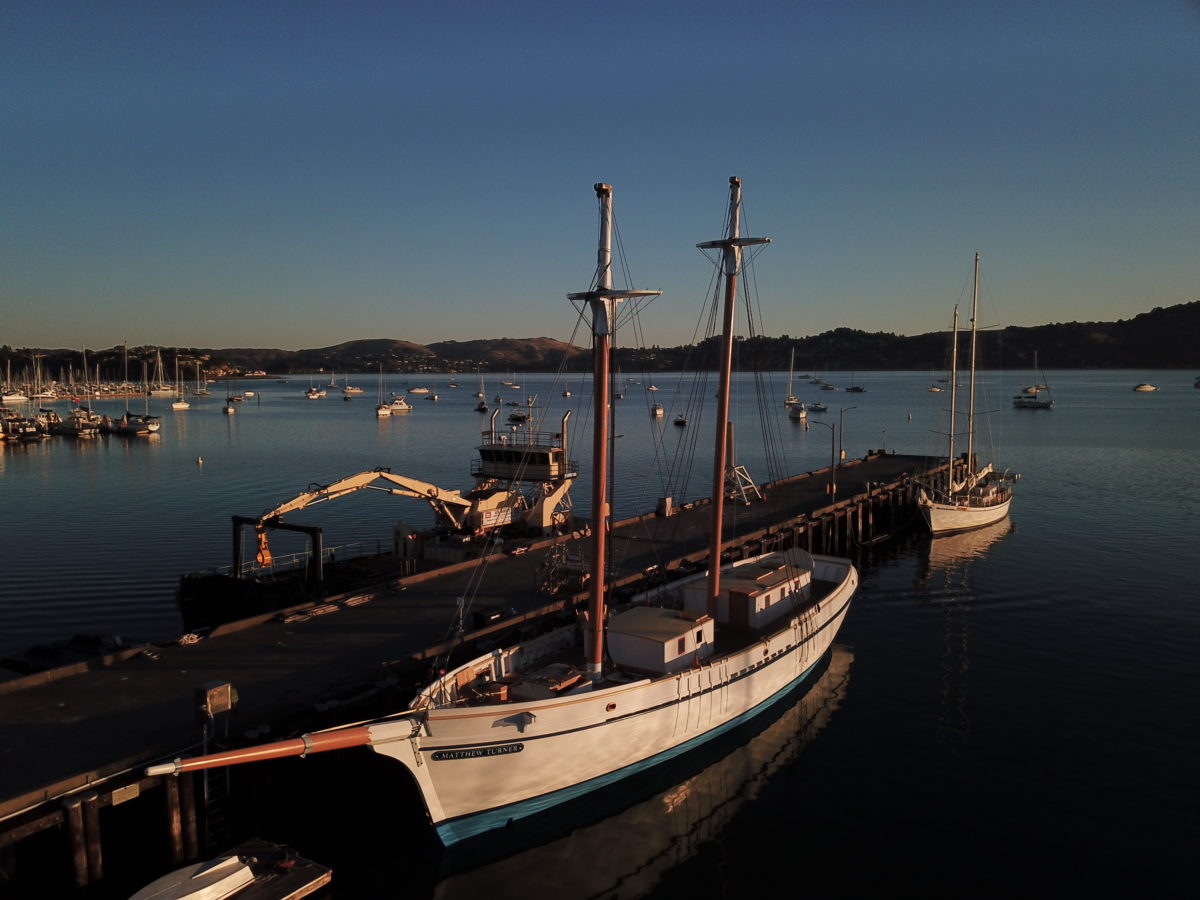
The steel rigging was replaced by hemp ropes and a new observation bridge was constructed to lift the observation point as far as possible above the remaining iron parts of the ship, principally bolts in the vessel's sides. The amount of magnetic materials on the ship was reduced to a minimum.

In 1905 the Galilee was chartered by the Carnegie Institution's Department of Terrestrial Magnetism to be converted into a magnetic observatory. He recognized that the magnetic field over the oceans was little known and looked for a suitable vessel to make magnetic observations.

The department was founded by Louis Agricola Bauer in 1904, becoming its first director. Magnetic observatory Department of Terrestrial Magnetism On her maiden voyage she set a record of 21 days for the return trip from Tahiti. She began her career on the packet line between San Francisco and Tahiti, carrying freight, passengers and French and US mail. The Galilee was built in 1891 in Benicia at the Matthew Turner Shipyard. The stern and part of the bow are preserved in two different places in California. Galilee was later rigged as a schooner, had a diesel engine fitted and was used in the fishing industry before being beached in 1933, ending her active career. Problems with magnetic materials that it had not been possible to replace on Galilee, led to the building of the Carnegie in 1909, which was constructed with virtually no magnetic materials. She was used to make observations of Earth's magnetic field on three cruises over a period of three years from 1905 to 1908 in the Pacific Ocean. In 1905 she was chartered by the Carnegie Institution's Department of Terrestrial Magnetism and converted into a magnetic observatory. She started on the packet line between San Francisco and Tahiti and was reckoned a very fast ship.

The Galilee was a brigantine, built in 1891, designed by Matthew Turner.

Galilee on her first cruise as a magnetic observatory, the added observation platform is clearly visibleĬhartered by the Department of Terrestrial Magnetism, Carnegie Institution 1905-1908


 0 kommentar(er)
0 kommentar(er)
